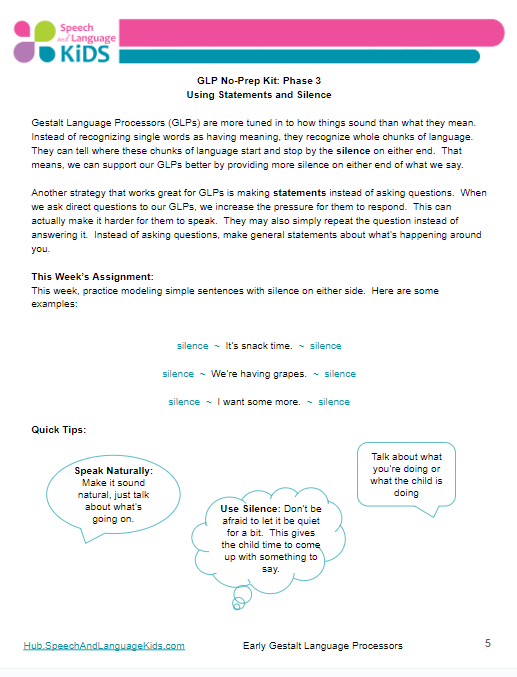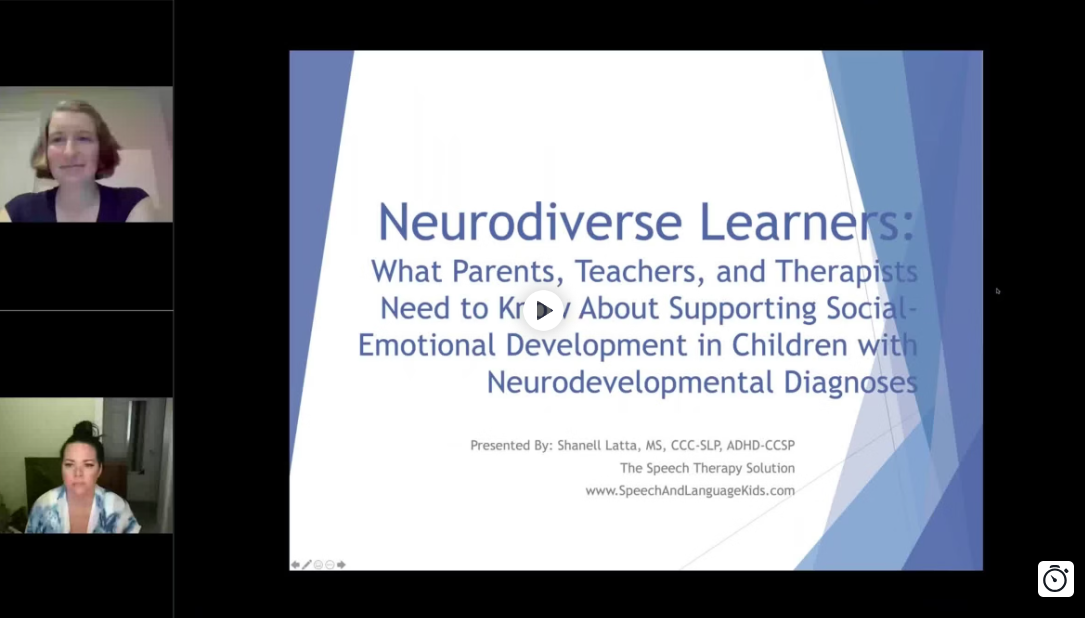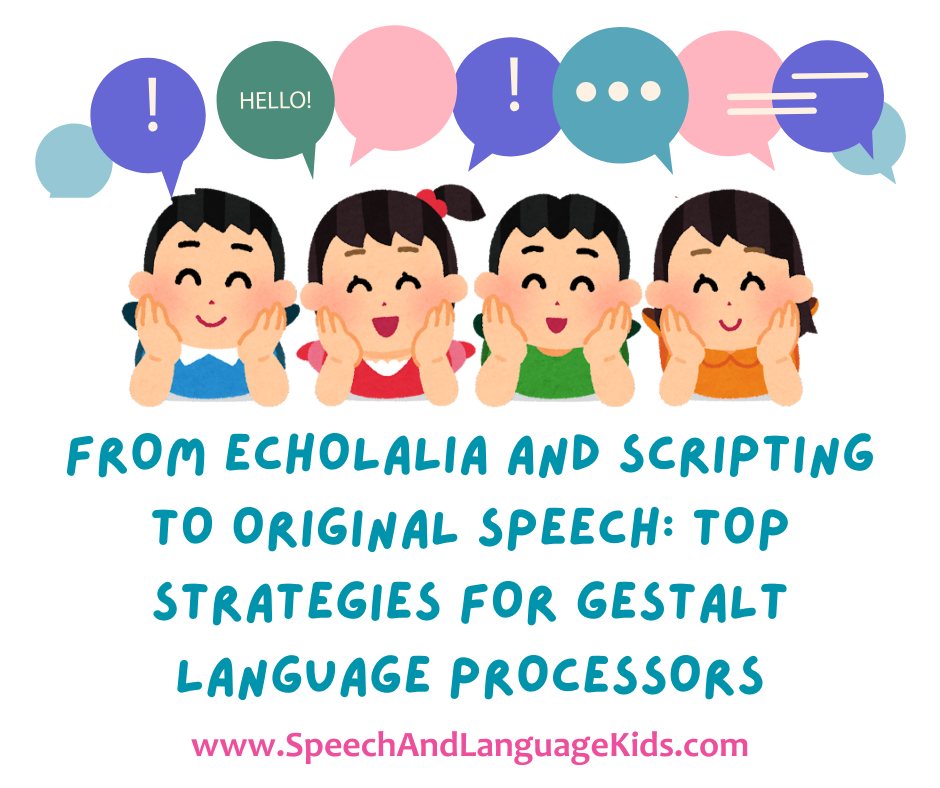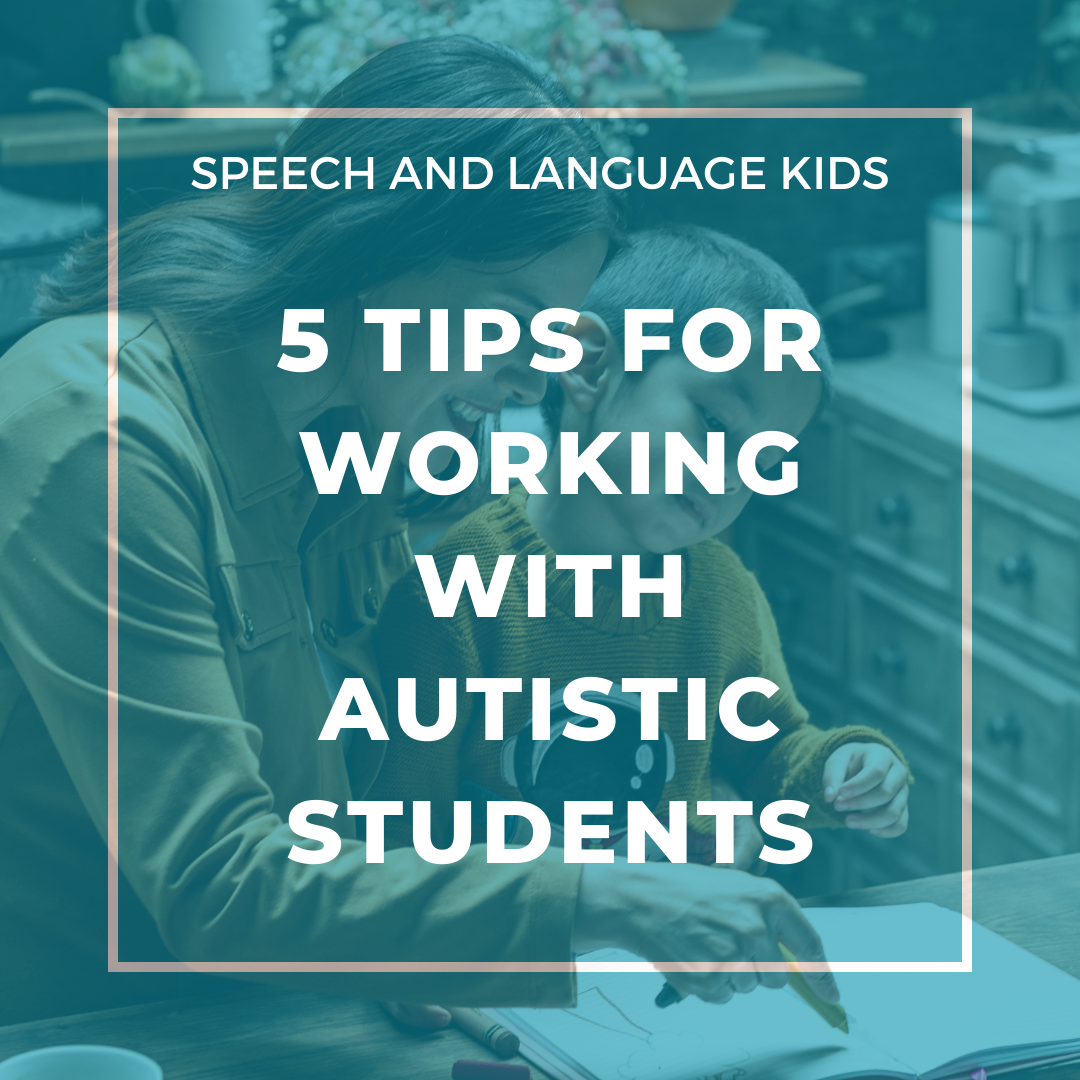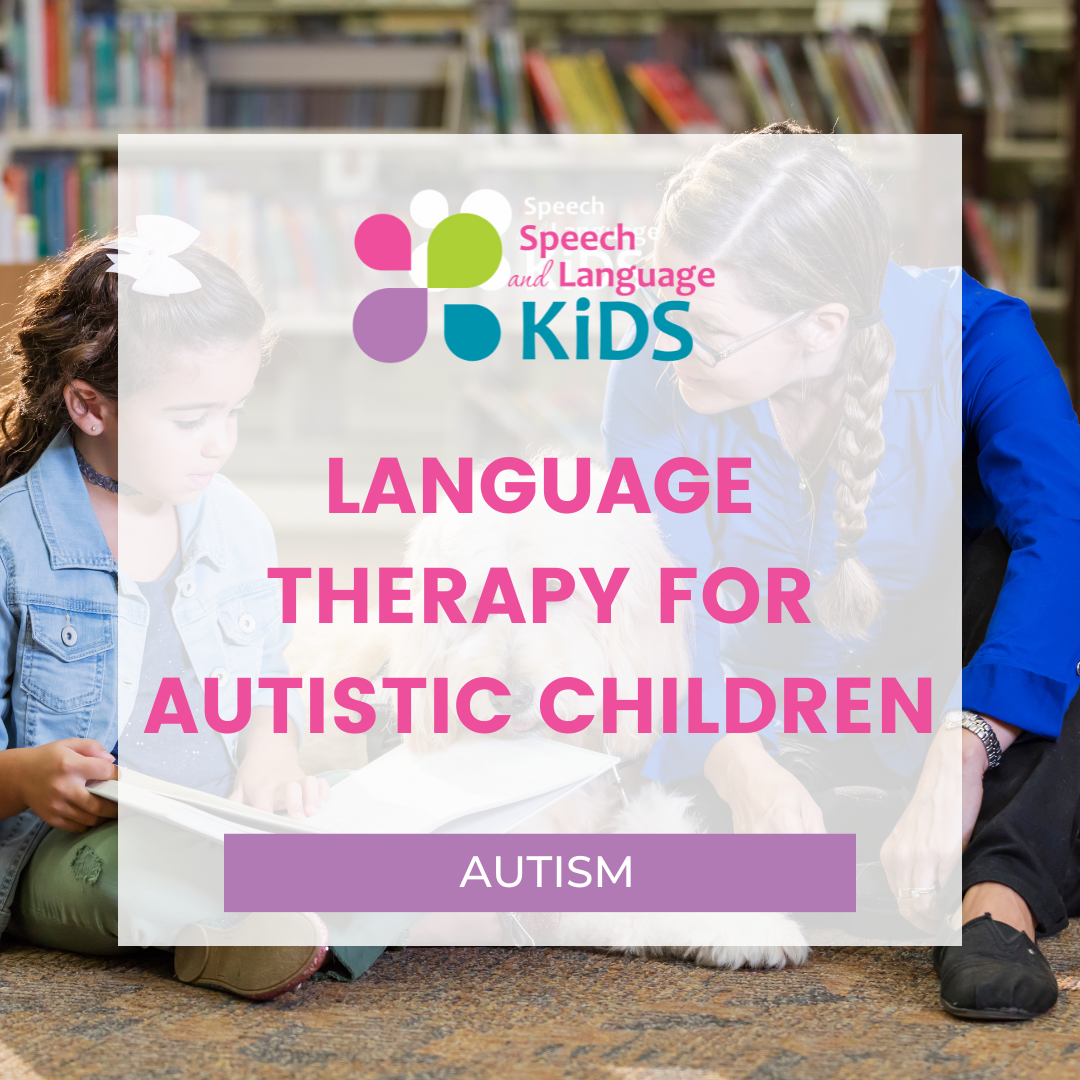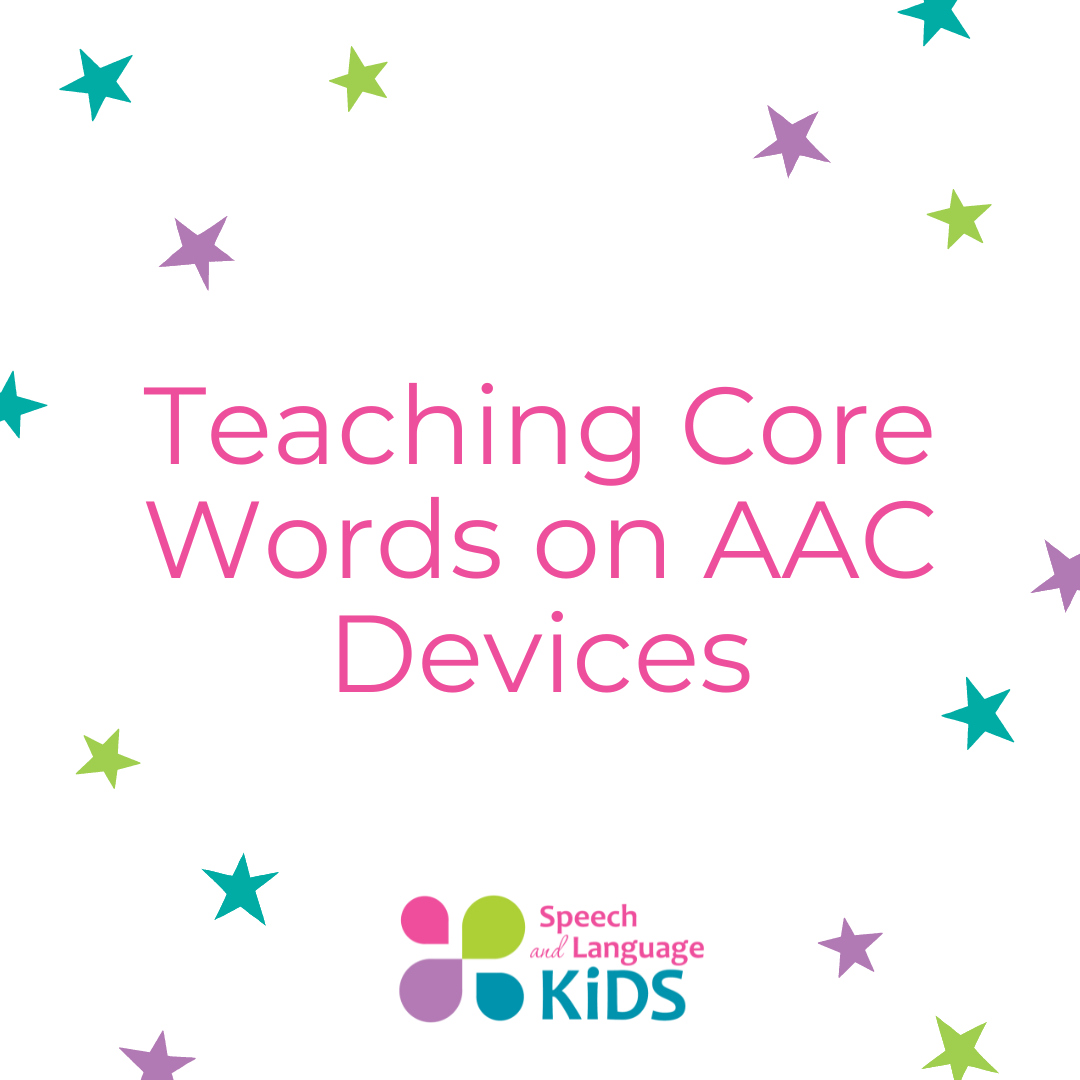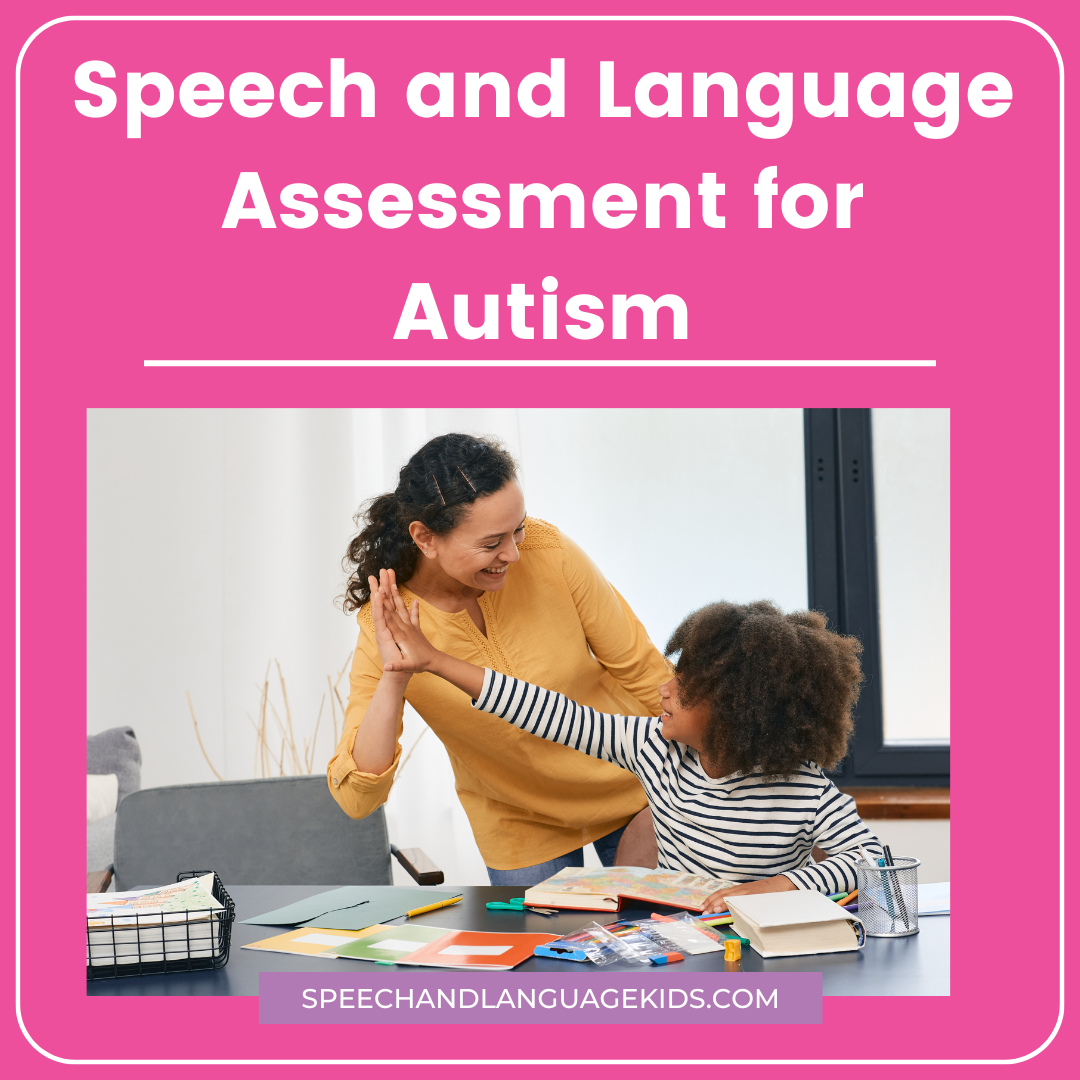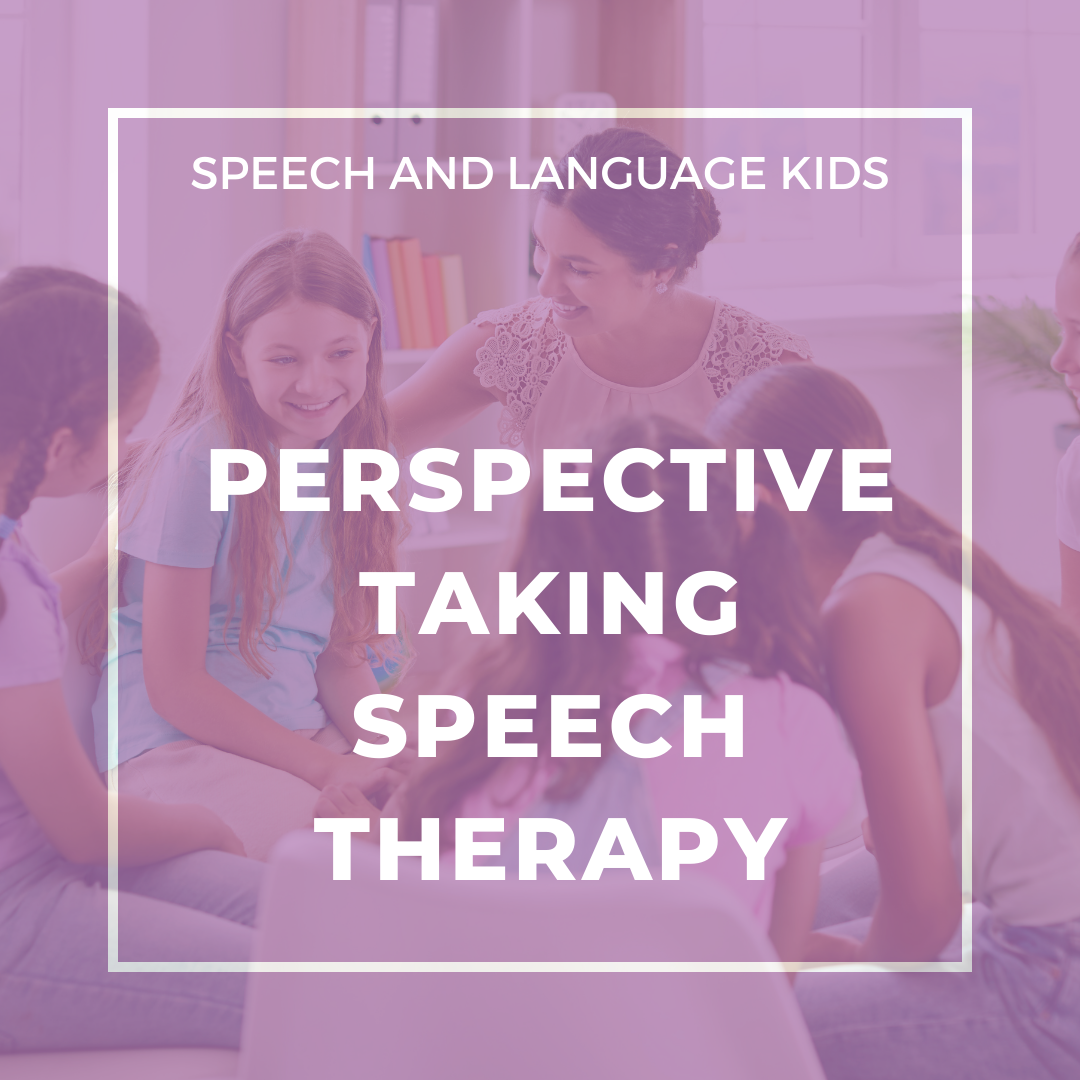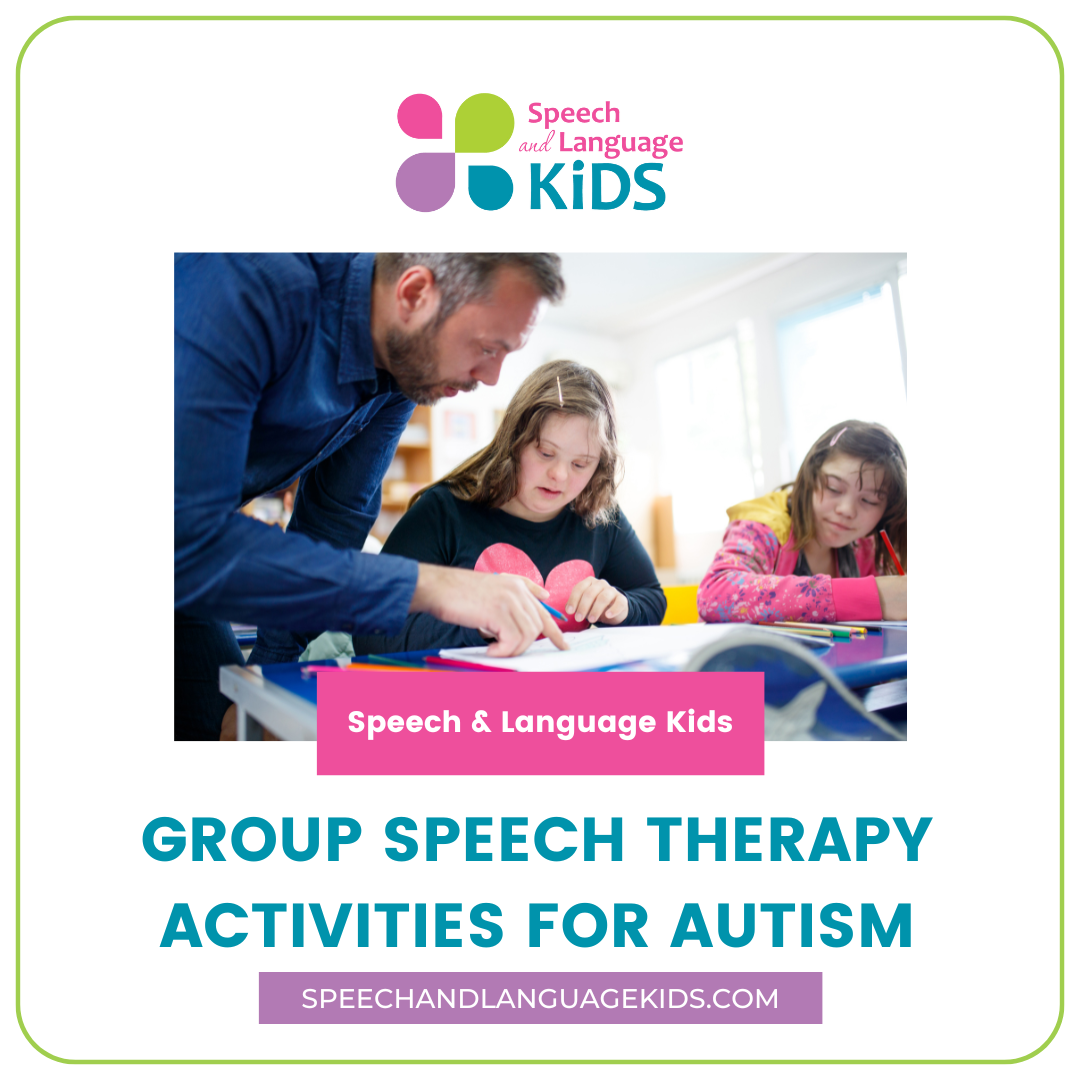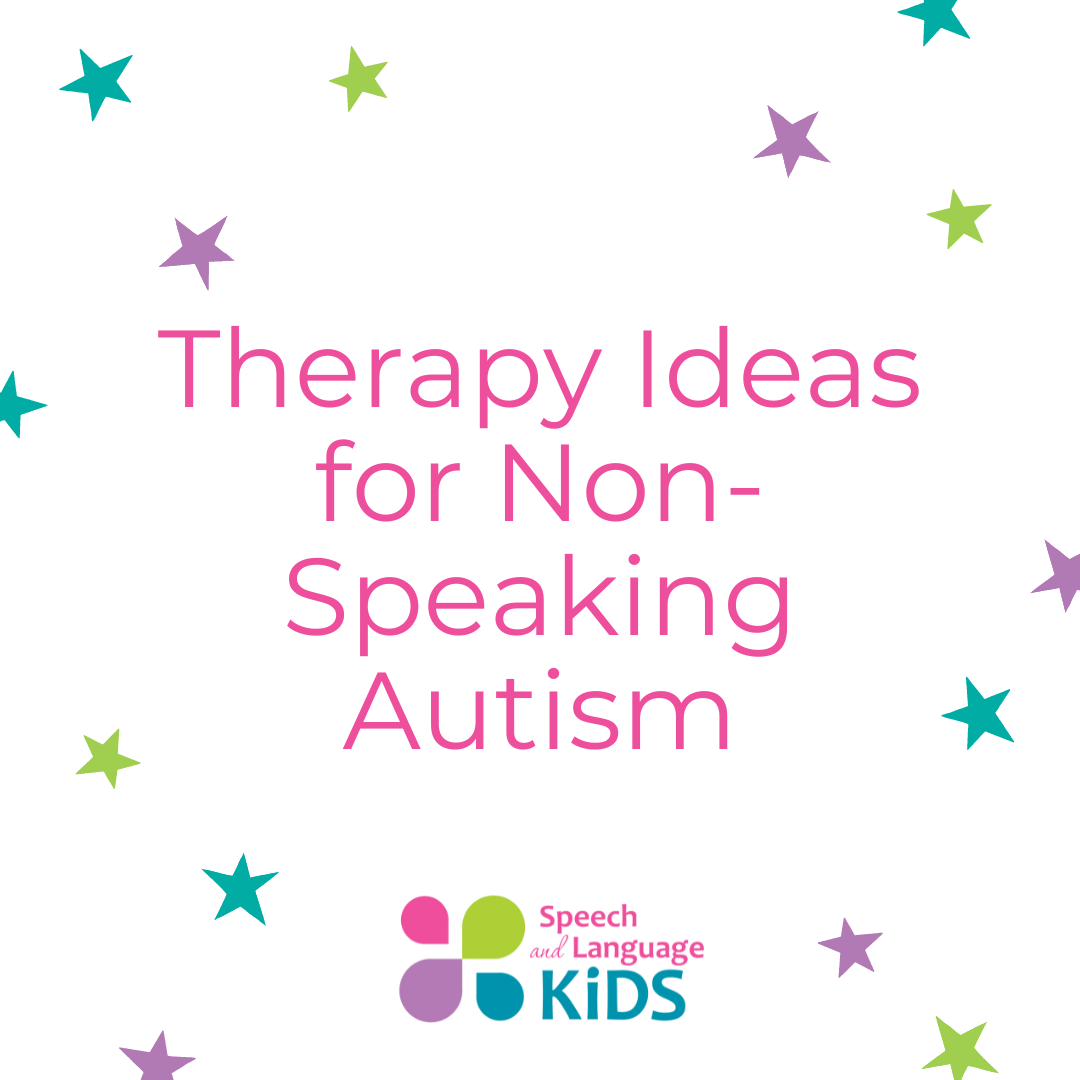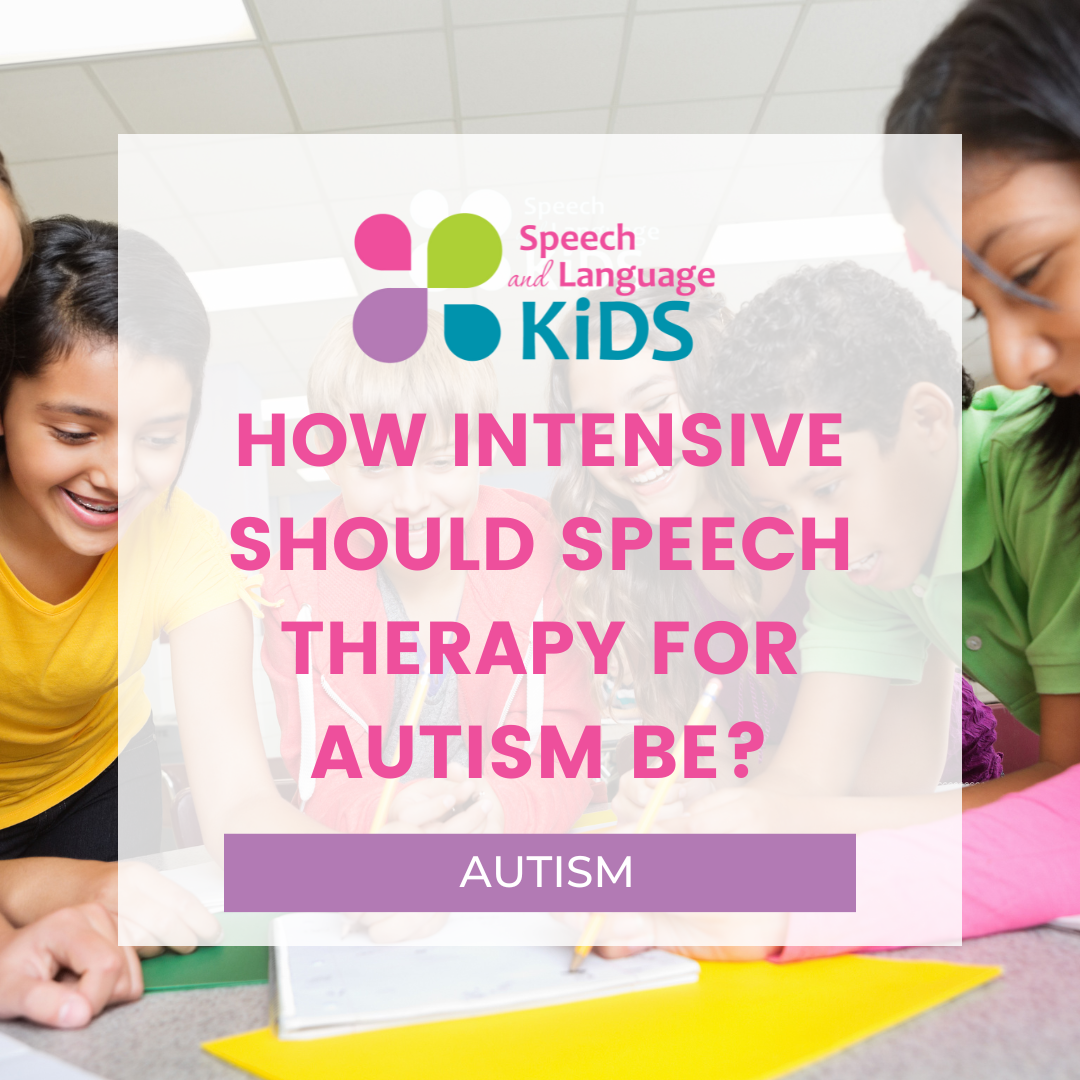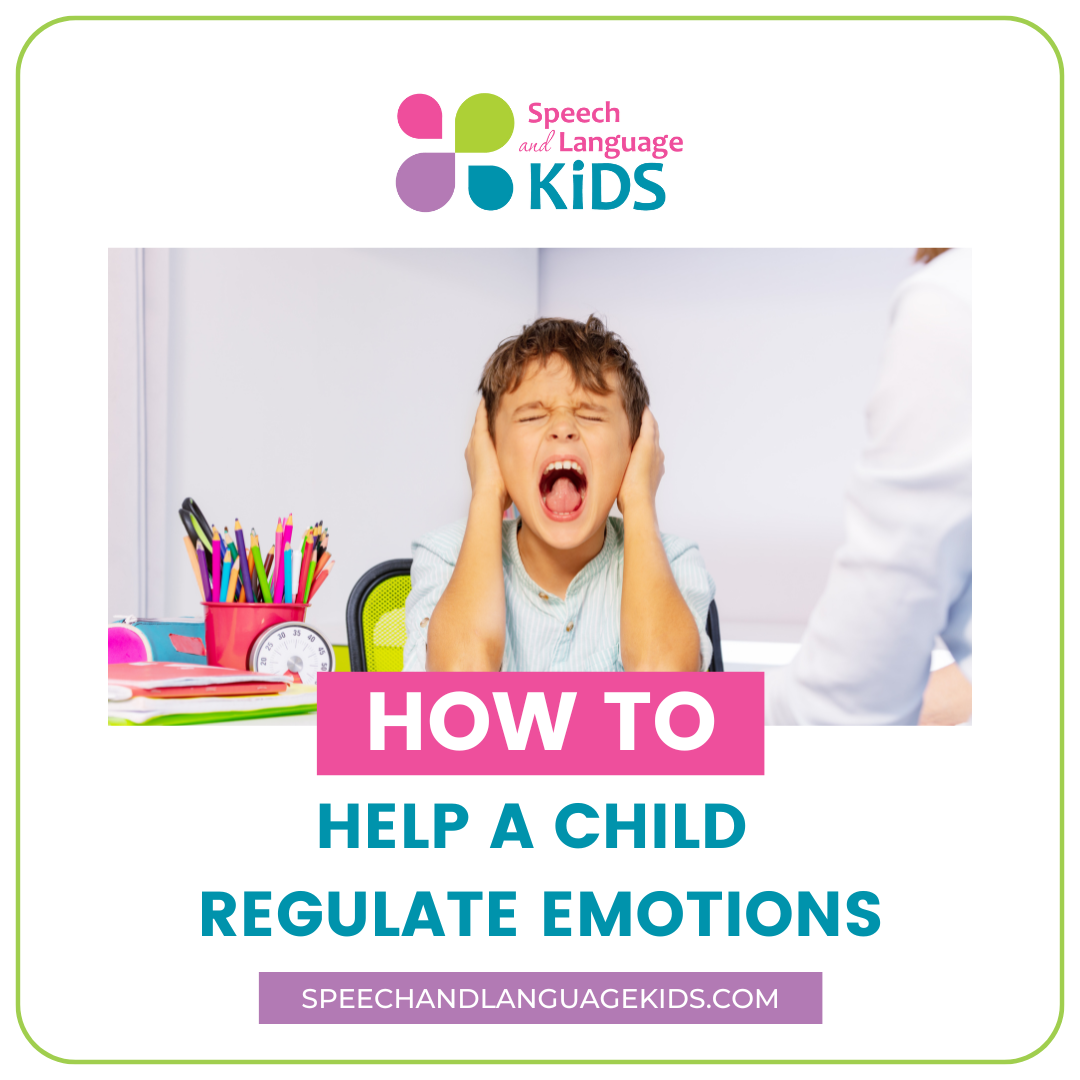Speech Therapy for Autism: Activities, PDFs, and Info
Autism, also called Autism Spectrum Disorder, is a diagnosis that describes a group of children with a common cluster of symptoms, though the degree of severity for each of those symptoms varies widely from child to child. These symptoms include problems with social interactions and social communication. They also often include repetitive behaviors and sensory concerns. Other symptoms can be associated with autism but the social and communication impacts are the primary feature.
Autistic brains work differently than neurotypical brains but that doesn’t mean they’re broken! We can support autistic children by leaning on their strengths and providing them with appropriate supports to boost up skills that they are struggling with.
What Causes Autism?
Here is an explanation of the currently known causes of autism according to Autism Speaks:
“First and foremost, we now know that there is no one cause of autism just as there is no one type of autism. Over the last five years, scientists have identified a number of rare gene changes, or mutations, associated with autism. A small number of these are sufficient to cause autism by themselves. Most cases of autism, however, appear to be caused by a combination of autism risk genes and environmental factors influencing early brain development.”
Source: http://www.autismspeaks.org/what-autism
Indicators of Autism
According to Autism Speaks, you should ask your child’s doctor about autism if you are concerned about any of these issues:
- No big smiles or other warm, joyful expressions by six months or thereafter
- No back-and-forth sharing of sounds, smiles or other facial expressions by nine months
- No babbling by 12 months
- No back-and-forth gestures such as pointing, showing, reaching or waving by 12 months
- No words by 16 months
- No meaningful, two-word phrases (not including imitating or repeating) by 24 months
- Any loss of speech, babbling or social skills at any age
Source: http://www.autismspeaks.org/what-autism/learn-signs
Speech Therapy for Autism
To begin this section, let me first point out that a child is not defined by his diagnosis. If a parent walked into my clinic and said “my child has autism”, I would not automatically know what therapy to do or what problems to address. Each child with autism is different and needs to be treated that way. Although there are some therapies that have been found to be more or less effective for children with autism as a whole, each child’s specific needs will be different. A licensed speech-language pathologist should be consulted to determine which types of therapies are best for each individual child and which speech and language problems should be addressed first.
In short, treat the child, not the disorder.
However, that being said, there are many speech and language problems that are common among children with autism. A few of these problems are listed below with links to information that may be helpful. Keep in mind that this is simply one approach and that the approach listed may not be the most effective for every child on the spectrum. But they will provide a starting point and a therapy option for each skill listed below.
Speech Therapy Goals for Children with Autism:
In the article below, I have explained the 5 main parts of speech/language therapy that should be included (or at least considered) for every child with autism. This is a great overview of what speech therapy for children with autism should look like:
Speech Therapy Goals for Children with Autism
Using Video Modeling for Children with Autism
Some children with autism have difficulty learning new skills or new routines. Video modeling is a great way to teach children these new skills by having them watch a video of themselves doing the actions. Click the link to learn more about video modeling:
Video Modeling for Children with Autism
Determining IEP Minutes for a Child with Autism
Most children with autism will need to see the school speech-language pathologist at some point in their lives. However, is more time with the speech therapist always what’s best for a child with autism? Are there other supports we should be considering? Check out this post that explains why more direct minutes with the speech-language pathologist isn’t always what the child needs.
How to Determine the Speech Therapist’s IEP Minutes for a Child with Autism
Specific Skills to Consider:
At this point, I’m going to share with you some frequent challenges that children with autism face when it comes to communication. Feel free to browse through the following sections and find the one that best fits the child that you are working with.
The Child Isn’t Speaking Yet
Where to Start in Therapy for a Non-Verbal Child with Autism
This helpful guide will show you what to do in speech therapy for a child who isn’t speaking yet
AAC and Autism: Using Communication Devices for Non-Verbal Children
Learn how using AAC can be helpful for children with autism who are not yet speaking
Therapy Ideas for a Non-Verbal Toddler with Autism
What can you do in therapy to help a young child who isn’t speaking yet?
The Child Has Sensory Concerns
How to Help with Flapping and Other Self-Stimulatory Behaviors
The Child is Lacking Early Social Skills
How to Get Your Child to Respond To Voices
Child Not Responding to Name: What To Do
How to Get a Child to Follow Directions
Social Skill Activities for Preschoolers
Teaching Play Skills Through Imitation
The Child is Lacking Older Social Skills
Social Skills for Adolescents and Older Children with High Functioning Autism
The Child is Struggling with Language Skills
Speech And Language Therapy Guide
How to Teach Figurative Language
Teaching Children with Autism to Answer Questions
The Child Has Challenging Behaviors
Many children with autism have challenging behaviors. These behaviors can be caused by a number of sources, including frustration over not being able to communicate, sensory issues, and lack of understanding of what’s going on around the child. Here are a few links that will help you deal with those unwanted behaviors in your child with autism:
Social Stories for Children with Language Delays
Calming Children: Self-Calming Strategies
Communication-Based Behavior Problems
How to Deal with Challenging Behaviors
Printable PDF Materials for Autism Therapy
Sequencing Board with Following Directions Card Set
Vocabulary Game: What Do You See?
Adjective Games: Tell Me About It
Spatial Concepts Games: Where Does It Go?
Preschool Vocabulary Flash Cards
Articulation Cards for All Speech Sounds
Autism Websites:
- Autism Speaks: The world’s leading autism science and advocacy organization, dedicated to funding research into the causes, prevention, treatments and a cure for autism; increasing awareness of autism spectrum disorders; and advocating for the needs of individuals with autism and their families. You can help support autism research and causes with your purchase at their Autism Store!
- Autism Support Now: This website is managed by Ella’s Hope for Autism, a non-profit for Autism in Missouri that was started by a lady from my hometown! Her daughter has autism and she has been an inspiring beacon of light for other families of children with autism. This website offers free autism advice and insight for parents with children on the spectrum.
Therapy Materials, PDFs, and Courses on Autism:
Free Therapy Materials for Working with Autistic Children:
Check out the freebies that we have inside our Free Therapy Material Library!
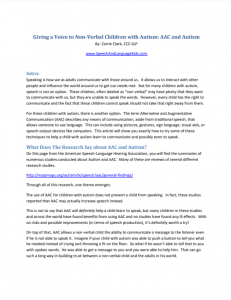
Using AAC to Give Autistic Children a Voice – PDF Guide
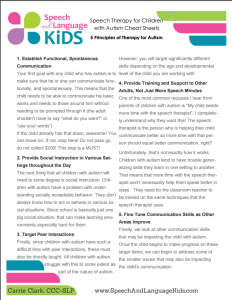
5 Principles of Speech Therapy for Children with Autism – Cheat Sheet
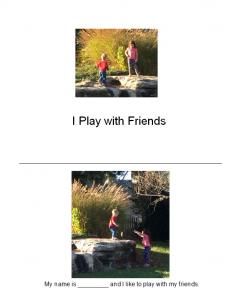
How to Initiate Interactions with Peers – Social Story
Autism Articles By Topic:
Browse All Autism Articles:

About the Author: Carrie Clark, MA CCC-SLP
Hi, I’m Carrie! I’m a speech-language pathologist from Columbia, Missouri, USA. I’ve worked with children and teenagers of all ages in schools, preschools, and even my own private practice. I love digging through the research on speech and language topics and breaking it down into step-by-step plans for my followers.
Connect with Me:

